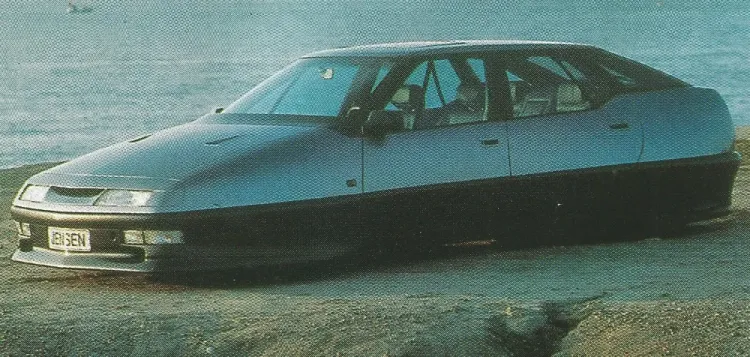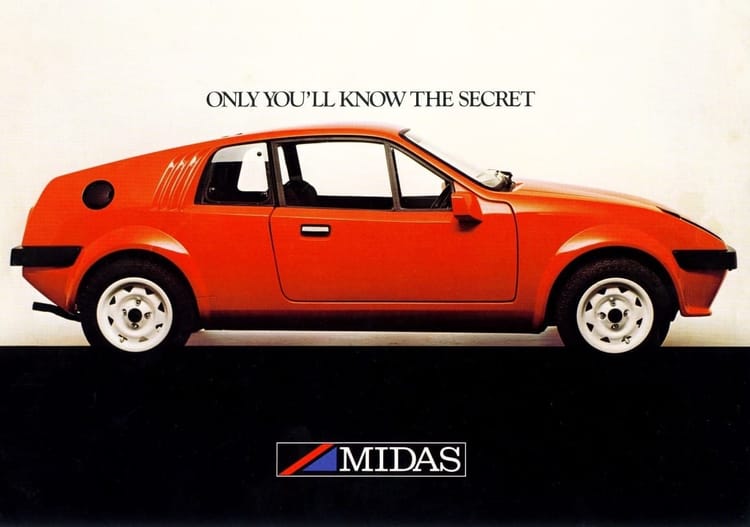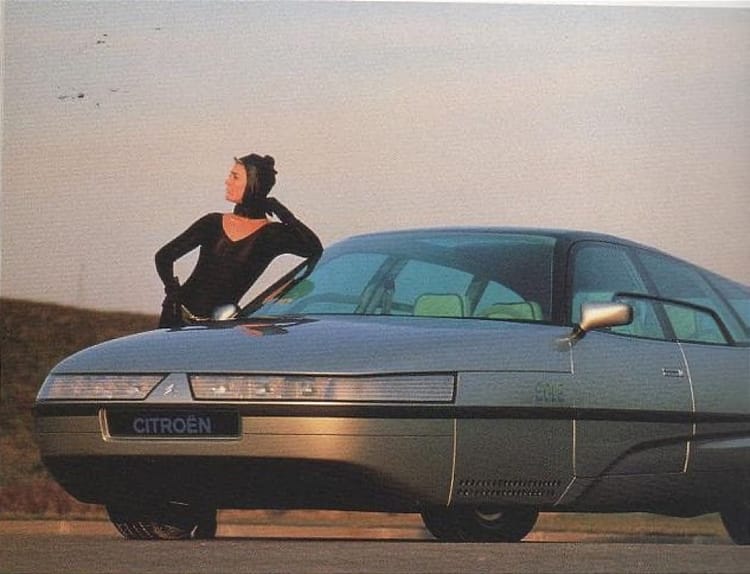Buick LeSabre Grand National
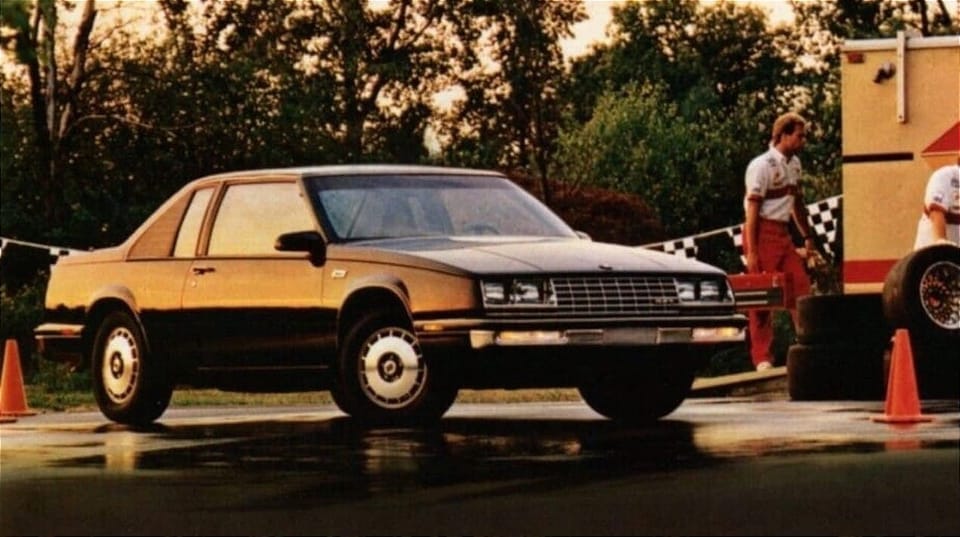
People like to mention how rare a 1986 Buick LeSabre Grand National is. Yes, for a company that produces millions of vehicles in any given year, even 117 (or so) special vehicles being built is a fairly hilarious lapse in corporate judgement. That year, Buick made 94,972 LeSabres, with 21,522 of them coupes.
A few hundred is practically a fantasy project. This was back when NASCAR was rooted in reality, as I have read.
These days, the best Buicks — and most Buicks, frankly — are made and sold in China.
These days, General Motors’ Buick is an American car in the same way General Tso’s chicken is Chinese food. I don’t mean this in a disparaging way at. all.
When GM puts good cars on the menu, you order them.
In 1986, hardly anyone ordered this.

1986 Buick LeSabre Grand National brochure. If viewing online, click to expand. • The Autopian
Reality back then? Buick and the other divisions of GM had decided that to stay competitive with import cars in the real world, they'd need to go front-wheel-drive across the board.
The resulting H-body platform for the larger front-drive production cars (Oldsmobile 88, Pontiac Bonneville, Buick Electra) was well-received, with the LeSabre made at a now-demolished Buick City plant lauded for its quality.
With hindsight, we can say that the switch to front-drive for production cars helped to send NASCAR in the purpose-built, spec chassis direction it is in today.

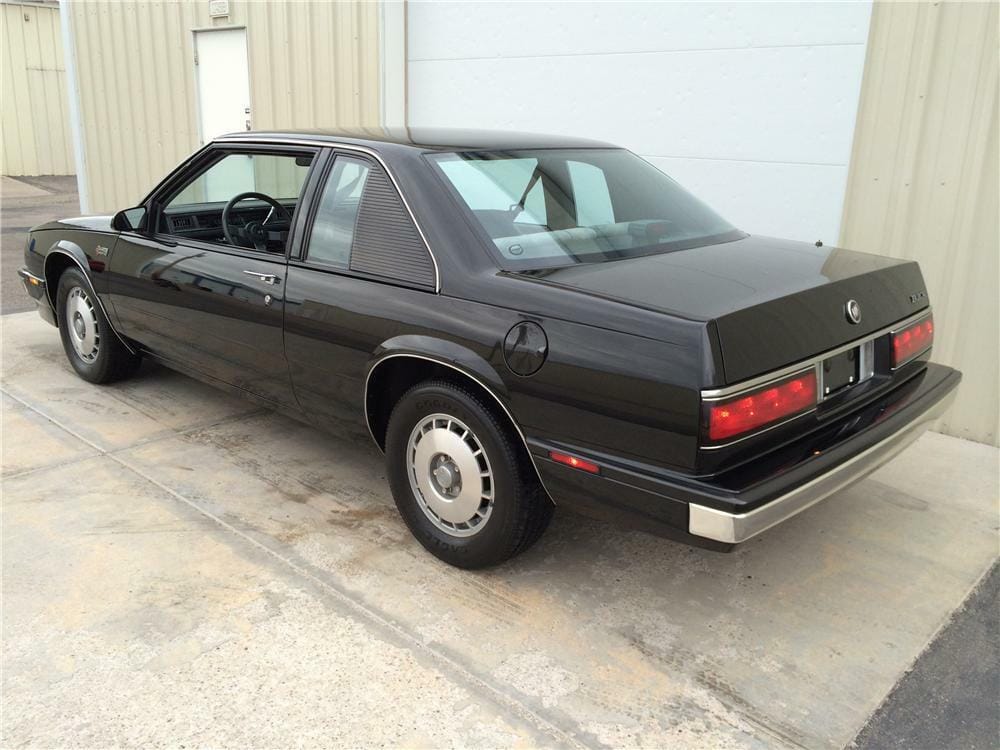
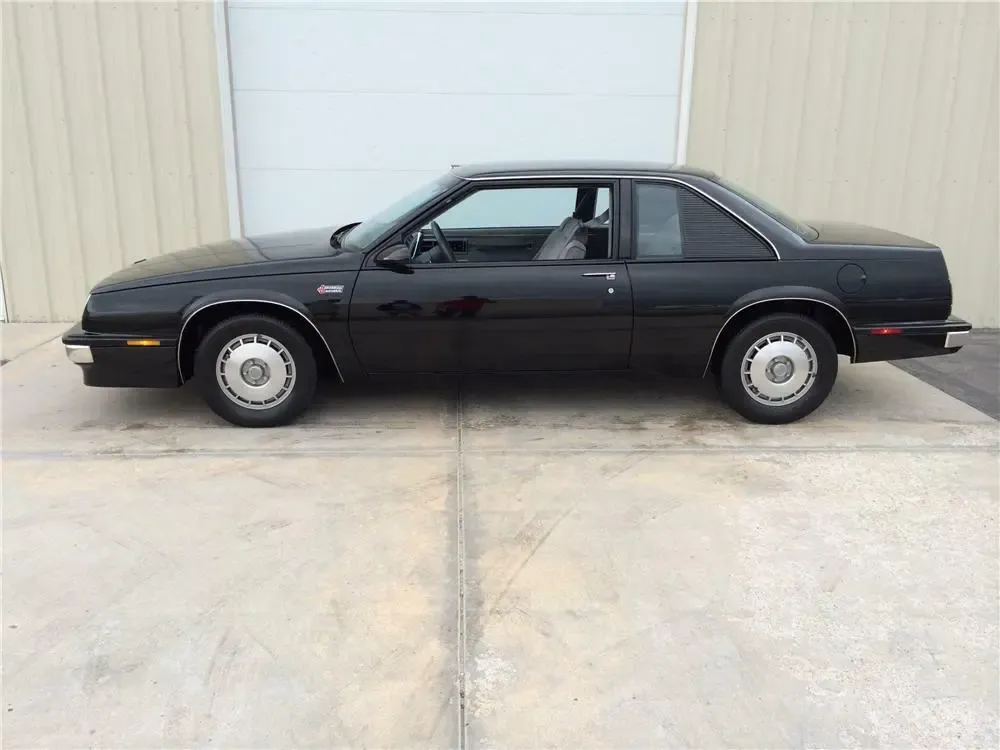
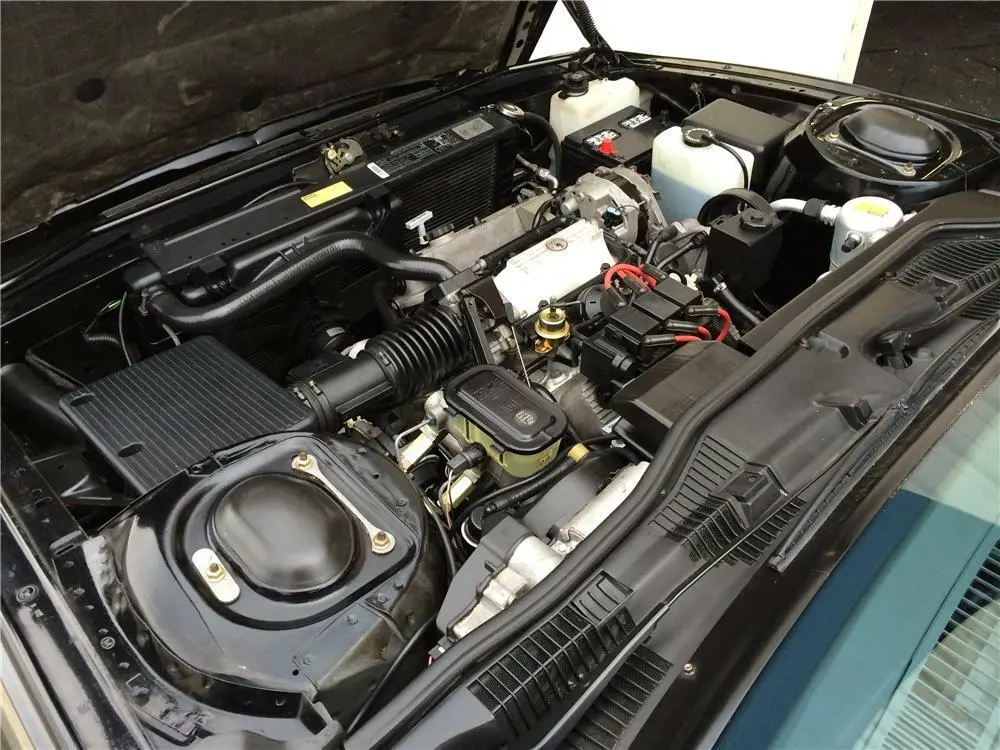
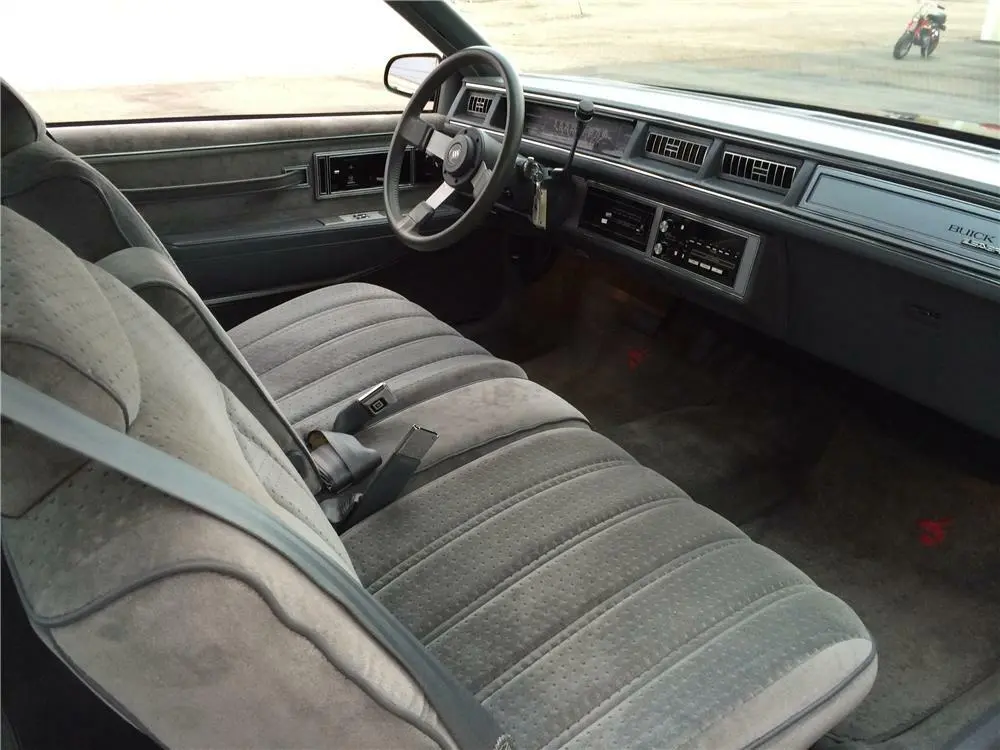
An example at a Barrett-Jackson auction in 2014. • B-J
Having manufacturers willing to compete against one another is a key element of stock car racing, but enforcing the rules based on increasingly vanilla production cars meant that a lot of time, effort, and money was wasted in chasing loopholes that did little to improve the show.
In 1985, the performance gap between NASCAR constructors (Buick, Chevrolet, Pontiac, Chrysler, Dodge, Ford, and Oldsmobile!) was so small that to gain an advantage, Buick resuscitated the popular Grand National badge to sell a LeSabre with different trim. That's pretty much it.
On normal LeSabres, the window behind the driver extends all the way back to the rear C-pillar.
On the Grand National, a plastic triangle was installed so that Winston Cup cars could have that area built in sheet metal.
More sheet metal = smaller window openings. Smaller holes on the side of a racing car will often make it faster and more predictable while drafting. Once NASCAR’s finest mechanics had a chance to massage that area, the teams running Buicks had found a small advantage.
Road cars? Not so much. It is a piece of plastic on top of an existing window, and badges on top of a POS mid-’1980s Buick. That this brand still exists anywhere is a small miracle.
The excellent beforeblack.net lists all changes:
- Available in black and possibly a few in white
- All are based on LeSabre Coupes
- 3.8 SFI Liter V6
- Wheels are 15-slot 15" x 6" aluminum. Also used on Buick Electra, Park Avenue and Riviera
- Emblems use all red V6 logo
- Special interior treatments
- Rear, side windows covered with louvers
- Hood Ornament is same as 87-89 LeSabre T TYPE


